Leafy Spurge
Information
Euphorbia esula - Euphorbiaceae Family - Perennial
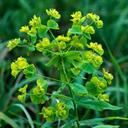
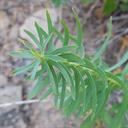
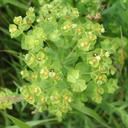
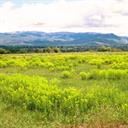
Identification
- Flowers: Yellowish green flowers surrounded by bracts.
- Seeds: Each flowering stem produces 140 seeds; Seed capsules throw their seeds up to 15 ft.
- Leaves: 1-4 inches long and narrow.
- Flowering Time: May through July.
Caution!! All parts of leafy spurge contain a caustic latex sap that can result in skin irritation, redness, swelling, and blisters. Leafy spurge is toxic to horses, cattle, and humans.
Impacts
- Leafy spurge is highly competitive with native plants, often replacing native plant communities and decreasing plant diversity and reducing wildlife forage and habitat.
- Leafy spurge is difficult to control once established because of the extensive root system. The above portion of the plant may stand up to 3 feet tall, but the root system can grow over 26 feet down and 15 feet across.
- The roots provide storage for a large nutrient reserve and can move herbicides out of the plant and into the soil.
Control
Most effective control methods
- Early control in May/June is critical to long-term management, as is establishing competitive grass cover.
- Research from North Dakota State University indicates that Tordon 22K (picloram) 2,4-D, Banvel/Vanquish/Clarity (dicamba) are most effective when applied in spring, followed by a fall application to leafy spurge re-growth if needed.
- The key to control leafy spurge is to exhaust the root nutrient stores, causing it to collapse. Control methods must be maintained consistently for 4-5 years, or infestations can quickly rebound.
- Mowing and cultivation are not recommended.
Control methods and timing
| March | April | May | June | July | Aug | Sept | Oct |
|---|---|---|---|---|---|---|---|
|
Prev Cult Chem |
Prev Cult Chem |
Prev |
Prev |
Prev Cult Chem |
Prev |
Prevention (Prev) Monitor and destroy new plants before seed production.
Mechanical (Mech) Hand pulling, digging, cutting, mowing and tilling.
Cultural (Cult) Biological control agents, livestock grazing, and revegetation practices.
Chemical (Chem) Selective herbicides based on the plant and the specific location. Check our weed fact sheets for specific control information.
Large Images
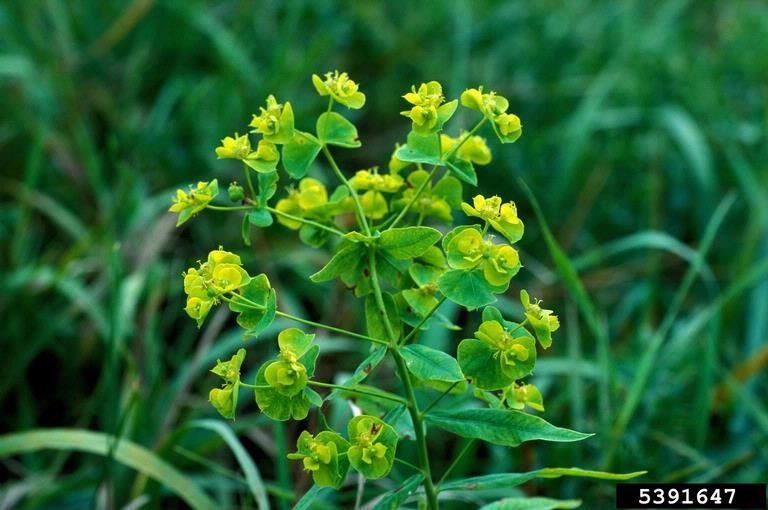
Leafy spurge: flowers
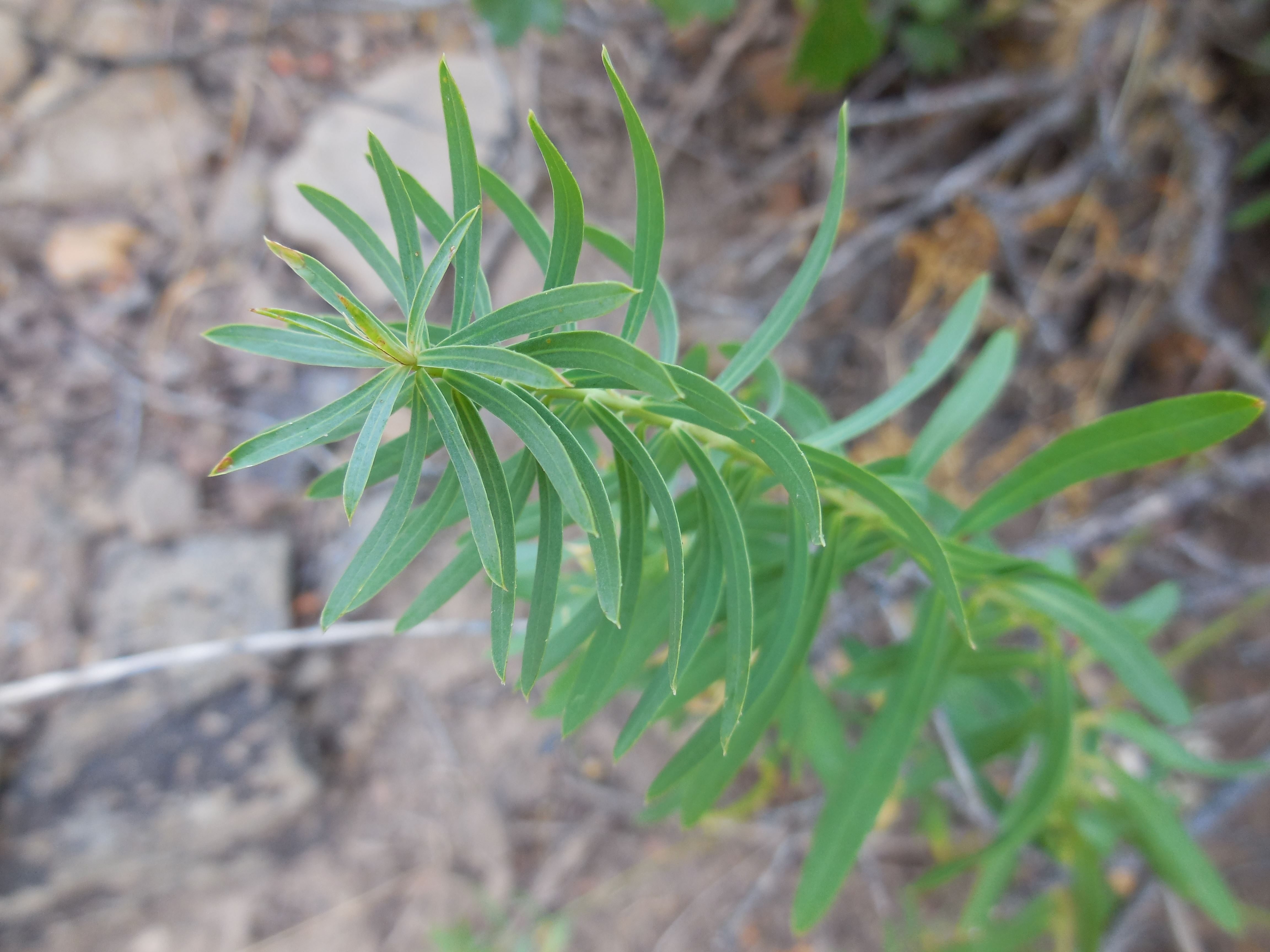
Leafy spurge: foliage
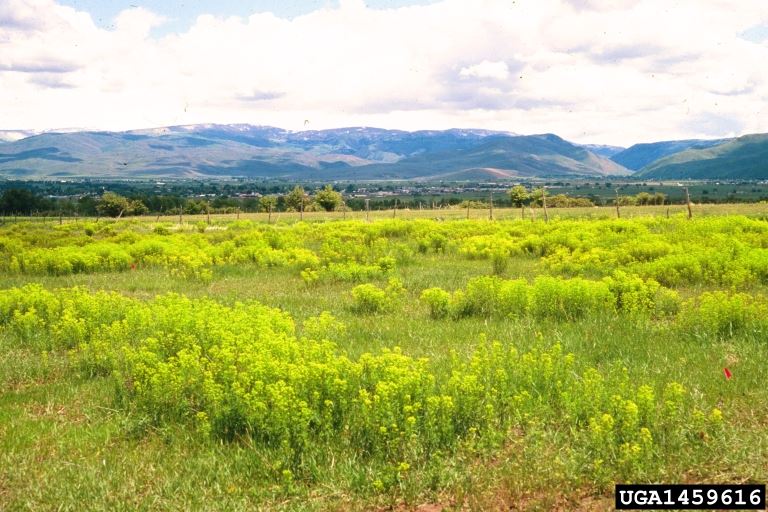
Leafy spurge: infestation
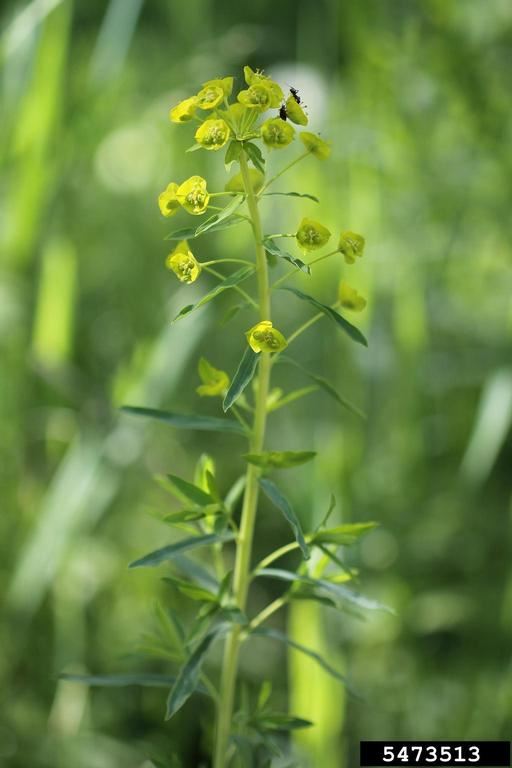
Leafy spurge: foliage and flowers
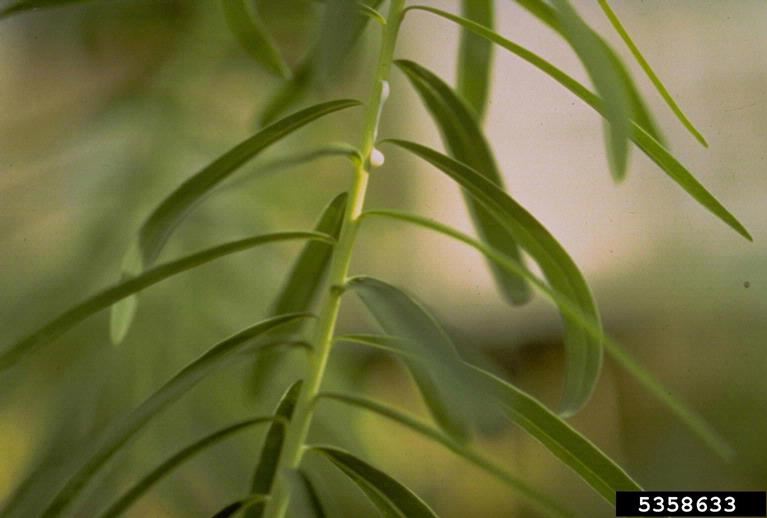
Leafy spurge: caustic latex sap
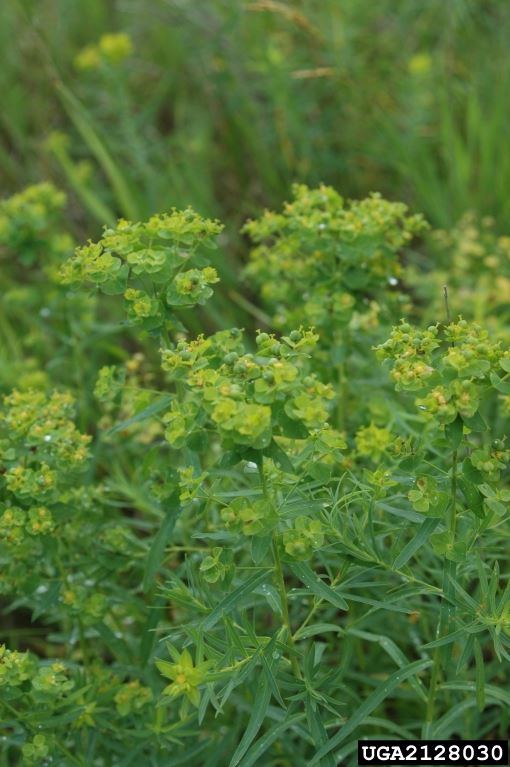
Leafy spurge
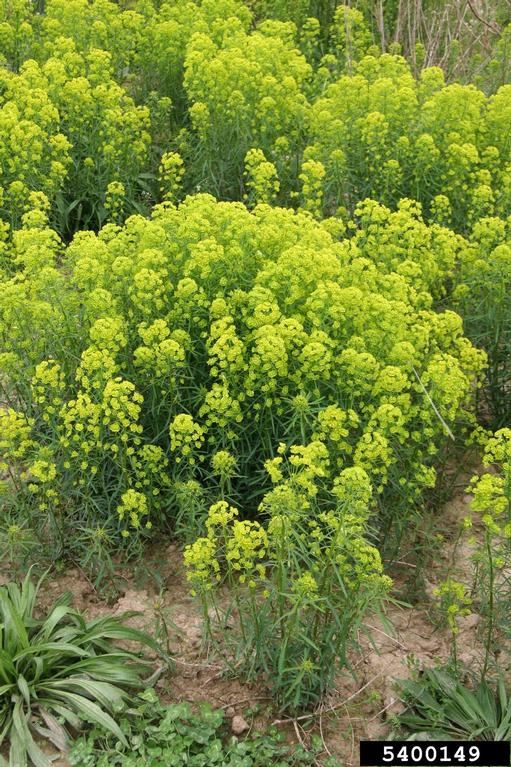
Resources
-
-
References
Brandon University. Leafy spurge prevention and control [PDF file]. Retrieved from https://www.brandonu.ca/rdi/files/2011/03/IPM_Leafy_Spurge_Manual.pdf View PDF
Colorado State University Extension. (2013, November). Leafy spurge – 3.107. Retrieved from http://extension.colostate.edu/topic-areas/natural-resources/leafy-spurge-3-107/
Goodwin, K., Sheley, R. et. al. Leafy Spurge: Biology, ecology and management [PDF file]. Retrieved fromhttp://msuextension.org/publications/AgandNaturalResources/EB0134.pdf View PDF
Halstvedt, Mary. (2016, May 28). Management of leafy spurge with herbicide. Retrieved from https://www.techlinenews.com/articles/2013/invasive-watch-leafy-spurge
Lym, R. & Messersmith, C. (2013, January). Leafy Spurge: Identification and chemical control [PDF file]. Retrieved from https://www.ag.ndsu.edu/pubs/plantsci/weeds/w765.pdf View PDF




